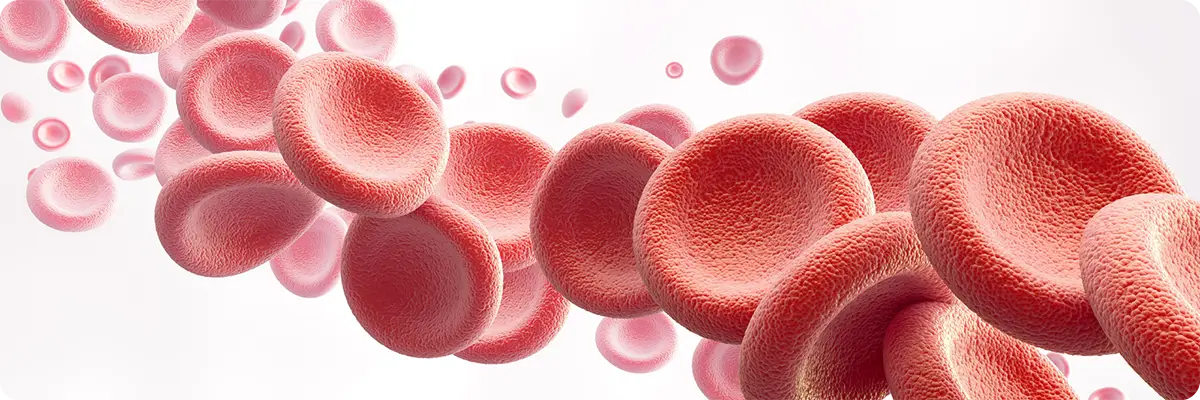Solutions
keyboard_arrow_downServices
keyboard_arrow_downSupport & Resources
keyboard_arrow_downCompany
keyboard_arrow_downContact
Benefits of the Randox Bilirubin Assay
Excellent correlation
The Randox bilirubin assay has a correlation coefficient > 0.99% CV when compared to commercially available methods.
Direct & Total assays available
Randox offer both direct & total bilirubin assays offering choice and flexibility.
Liquid ready-to-use
The Randox bilirubin assay is available in a liquid ready-to-use format for convenience and ease-of-use.
Calibrator and dedicated control available
Calibrator and dedicated control available offering a complete testing package.
Applications available
Applications available detailing instrument-specific settings for the convenient use of the Randox bilirubin assay on a variety of clinical chemistry analysers.
Ordering information
Direct
| Cat No | Size | Method | |
|---|---|---|---|
| BR3807 | R1 2 x 30ml (L) R2 8 x 4ml | Jendrassik |
(L) Indicates liquid option
Total
| Cat No | Size | Method | |
|---|---|---|---|
| BR3859 | R1 2 x 50ml (L) R2 8 x 4ml | Jendrassik | Enquire Kit Inserts RequestsView MSDSBuy Online |
(L) Indicates liquid option
Direct & Total
| Cat No | Size | Method | |
|---|---|---|---|
| BR411 | R1. 1 x 50ml (L) R2. 1 x 10ml R3. 1 x 100ml R4. 1 x 100ml | Jendrassik | Enquire Kit Inserts RequestsView MSDSBuy Online |
Instrument Specific Applications (ISA's) are available for a wide range of biochemistry analysers. Contact us to enquire about your specific analyser.
Physiological Significance
Bilirubin is a metabolite of haem, derived from haem-containing proteins, including myoglobin, haemoglobin and various P450 enzymes, that serves to coordinate iron in various proteins. Half of it is excreted into bile and the rest contributes to blood bilirubin turnover 1. It is mainly produced in the spleen and liver but can also occur elsewhere in the body by macrophages and renal tubular cells 2. The internal hydrogen bonding causes it to be water-insoluble and so required enzyme-mediated glucuronidation in the liver for biliary excretion. Under normal conditions, it is mostly unconjugated and bound tightly to albumin 3.
Clinical Significance
Bilirubin is one of the most common diagnostic tests utilised in the diagnosis and monitoring of hepatic dysfunction. It is impaired in cholestatic and parenchymal liver diseases. The most common condition associated with elevated levels is jaundice (a clinical sign of hyperbilirubinaemia), characterised by the yellow colouring of skin, mucous membranes and sclera 3.
Today, it is recognised as being more than just an end-product and considered to be a fundamental substance. Bilirubin is recognised as acting as an antioxidant and anti-inflammatory agent in serum. Evidence exists that states that it can neutralise free radicals, prevent peroxidation of lipids and protects the cardiovascular system, hepatobiliary system, immune system, neuronal system and pulmonary system 4.
COVID-19
It has been established that bilirubin levels are significantly elevated in COVID-19 patients 5. Patients with abnormal liver function tests were at a significantly higher risk of progressing to a severe disease, such as pneumonia. The presence of abnormal liver function tests became more pronounced during hospitalisation within two weeks, with total bilirubin levels elevated 3 times the upper normal limit 6.
Publications
Get in touch to discover more
To find out more about Bilirubin and other diagnostic reagents, enquire now.



